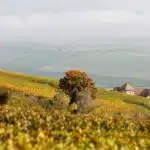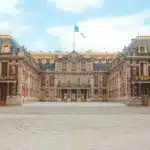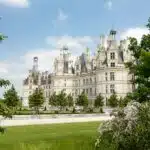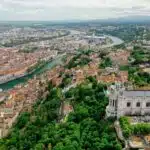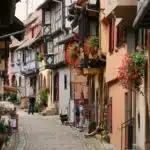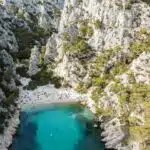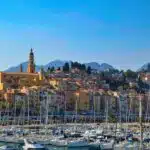Provence, nestled in southeastern France, is a region of captivating landscapes, vibrant history, and irresistible charm. Known for its rolling lavender fields, picturesque villages, and sun-soaked Mediterranean coast, Provence offers an idyllic escape for travelers seeking natural beauty, cultural richness, and gastronomic delights.
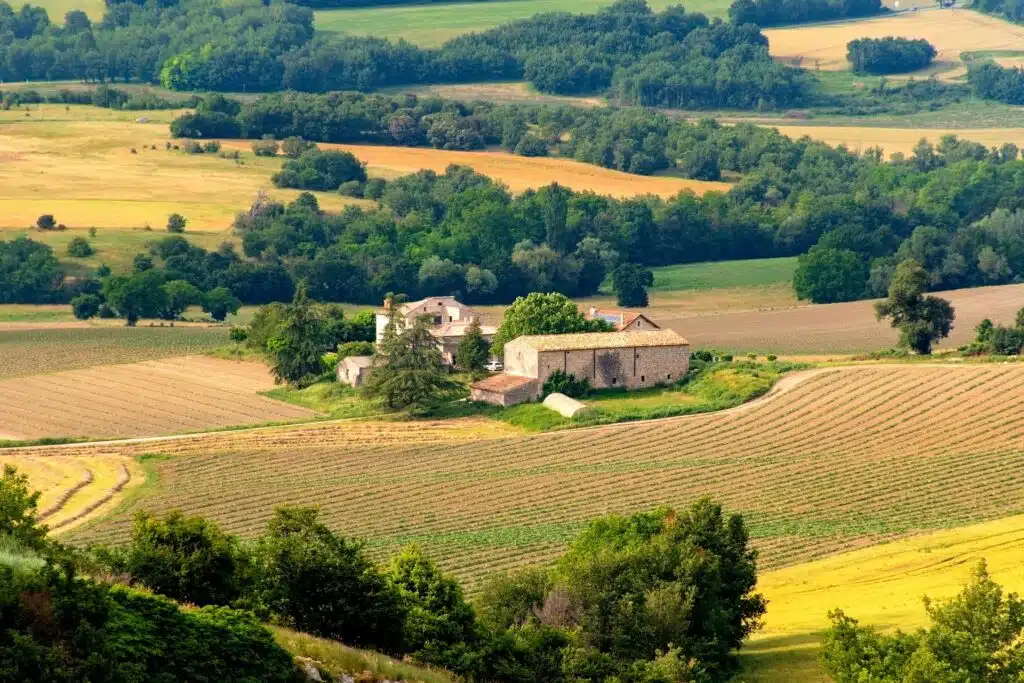
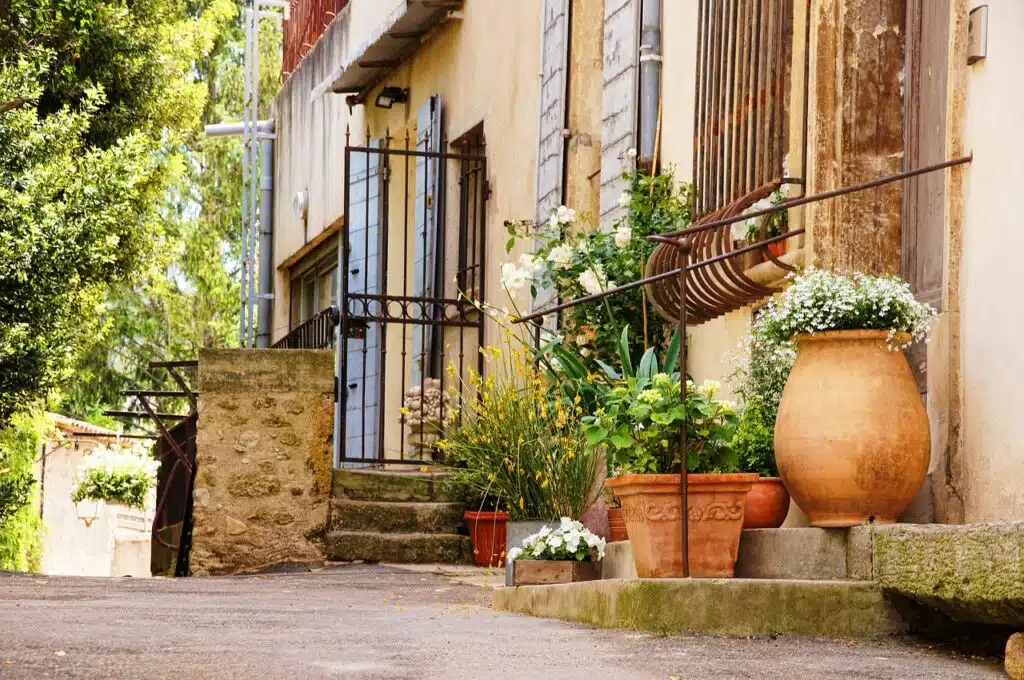
Timeless Villages and Towns of Provence
Aix-en-Provence
Aix-en-Provence, often called the “City of a Thousand Fountains,” is a vibrant hub of art, history, and culture. Its tree-lined Cours Mirabeau is perfect for leisurely strolls, with cafés and shops offering a taste of Provençal life. Visit the Atelier Cézanne, the former studio of Paul Cézanne, whose works were inspired by the region’s light and landscapes.
Avignon
Steeped in history, Avignon is famously known as the “City of Popes” due to its 14th-century role as the papal residence. The Palais des Papes, one of Europe’s largest Gothic palaces, is a must-visit landmark. Don’t miss the iconic Pont d’Avignon, a partially preserved medieval bridge steeped in legend and song. The Pont du Gard, an ancient Roman aqueduct in southern France, is a UNESCO World Heritage site and a marvel of engineering and history.
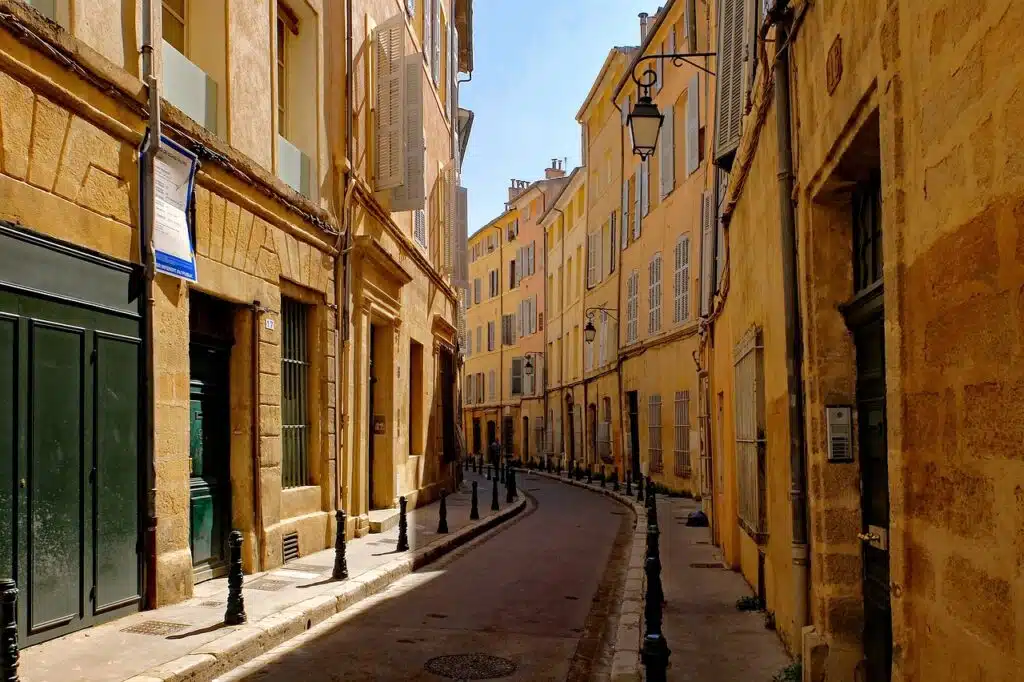
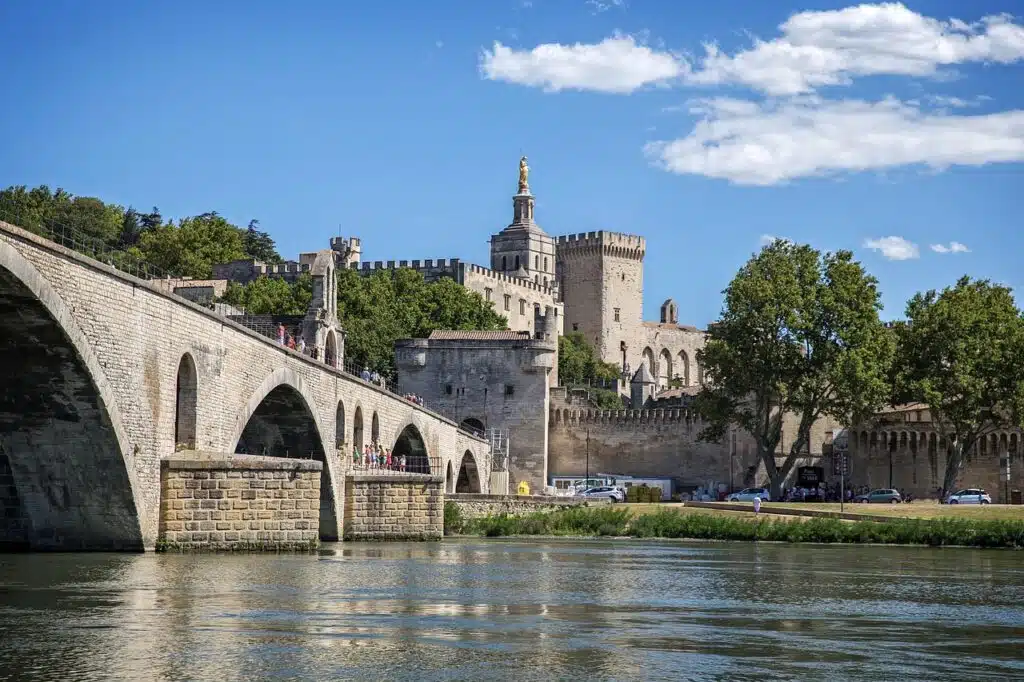
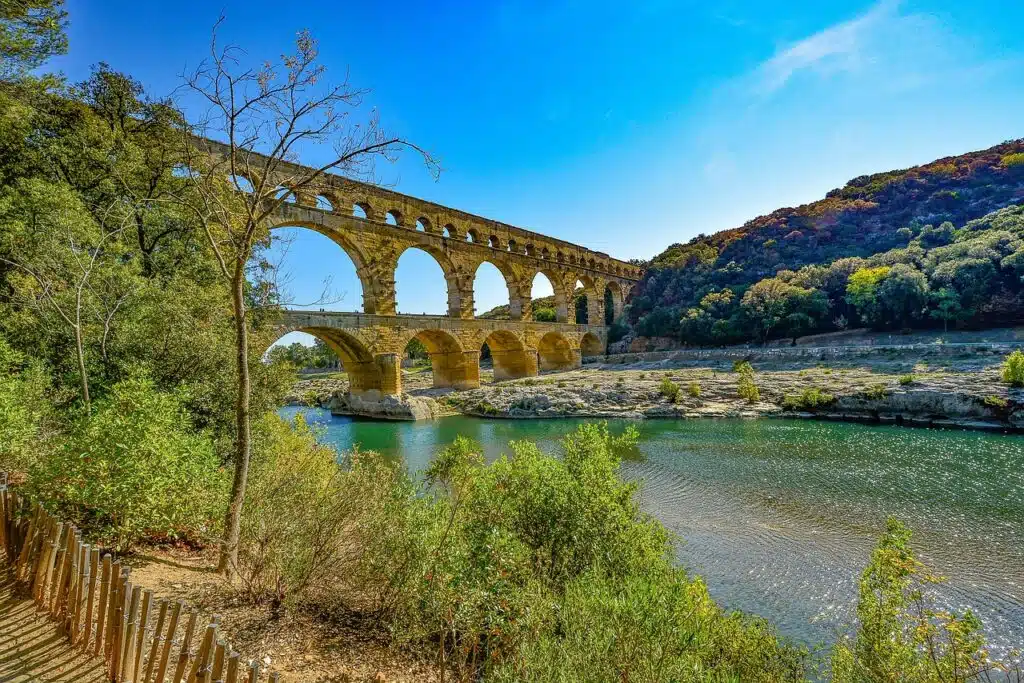
Arles
Arles, a UNESCO World Heritage Site, is a treasure trove of Roman history. The Arles Amphitheatre and Roman Theatre are incredibly well-preserved examples of ancient architecture. The city also celebrates its connection to Vincent van Gogh, with numerous sites where the artist created some of his most famous works. The Camargue, near Arles a stunning natural region in southern France, is famed for its wild landscapes, pink flamingos, white horses, and salt flats.
Gordes
One of the most picturesque hilltop villages in Provence, Gordes boasts cobblestone streets and stone houses that blend seamlessly into the landscape. The nearby Abbaye de Sénanque, surrounded by lavender fields, is a serene and photogenic spot.
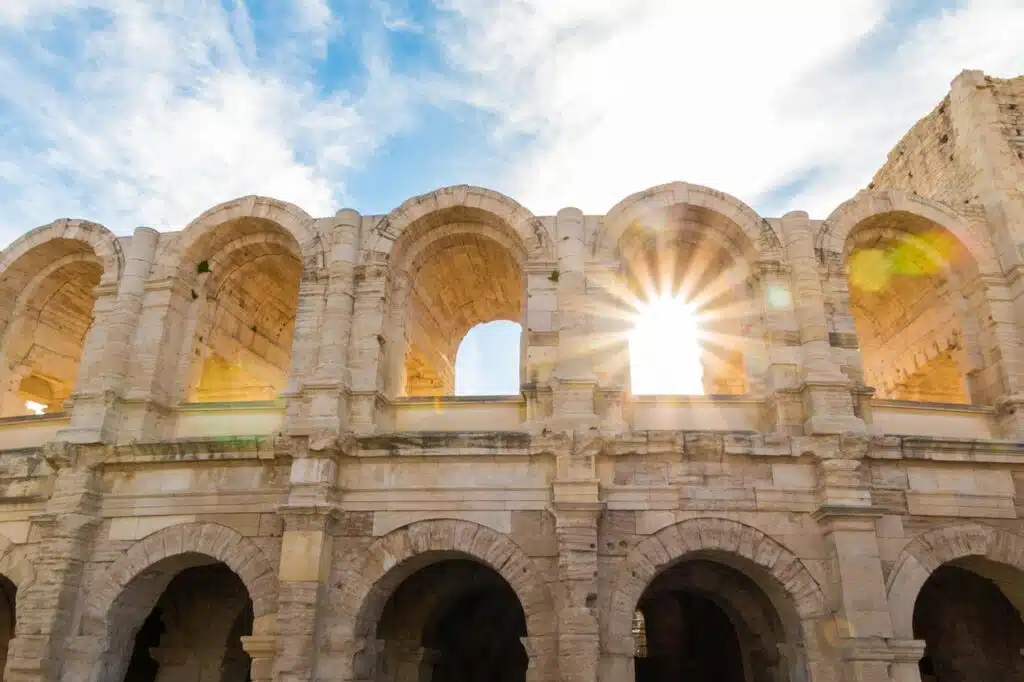
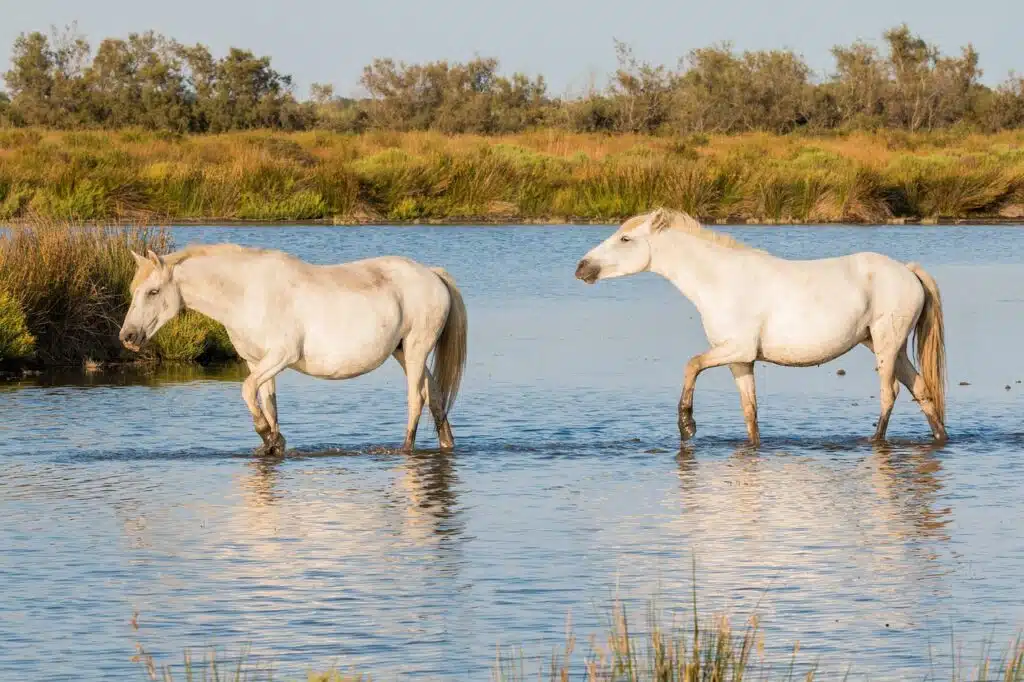
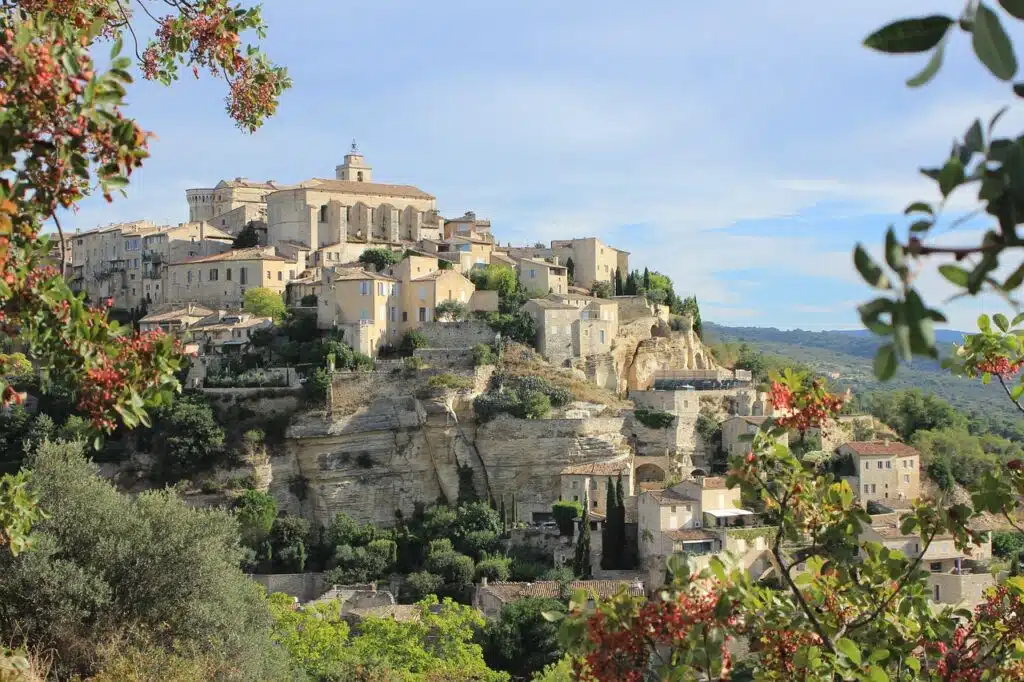
The Natural Beauty of Provence
Provence is a paradise for nature lovers. The Luberon Regional Park is home to rolling hills, vineyards, and charming villages. The Verdon Gorge, often called Europe’s Grand Canyon, offers dramatic cliffs and turquoise waters perfect for kayaking, hiking, or simply admiring.
Lavender fields, a hallmark of the region, bloom from late June to early August. The areas around Sault, Valensole, and the Plateau de Claparèdes are especially popular for their endless purple vistas.
Gastronomy and Wine
Provençal cuisine is a feast for the senses. Dishes like ratatouille, bouillabaisse, and tapenade showcase the region’s flavors, often enhanced by fresh olive oil and aromatic herbs. Visit bustling markets like Marché d’Apt or Marché Forville to savor local cheeses, fruits, and pastries.
Wine lovers will delight in exploring Provence’s vineyards, particularly the Côtes de Provence and Châteauneuf-du-Pape regions, famous for their rosé and red wines.
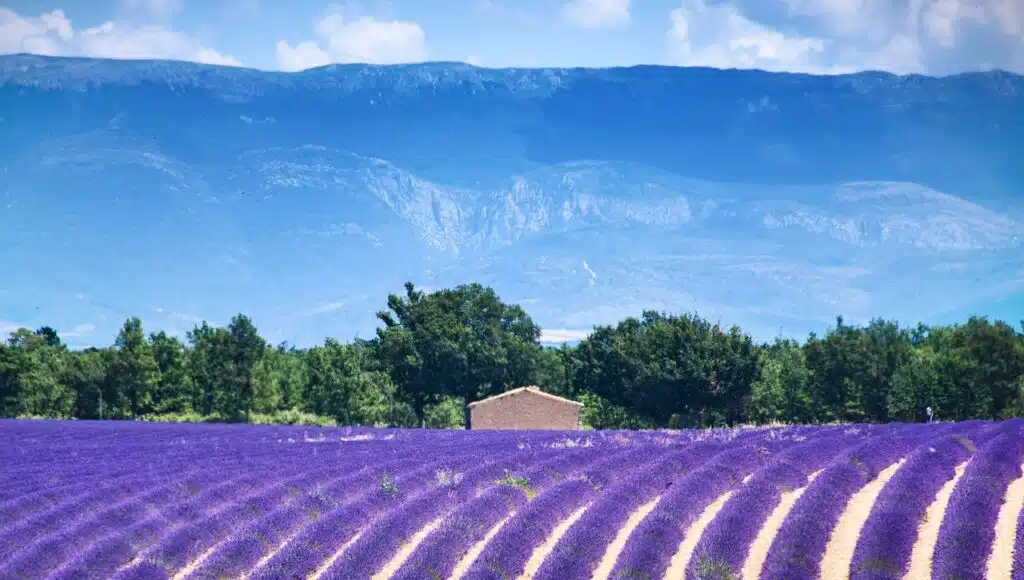
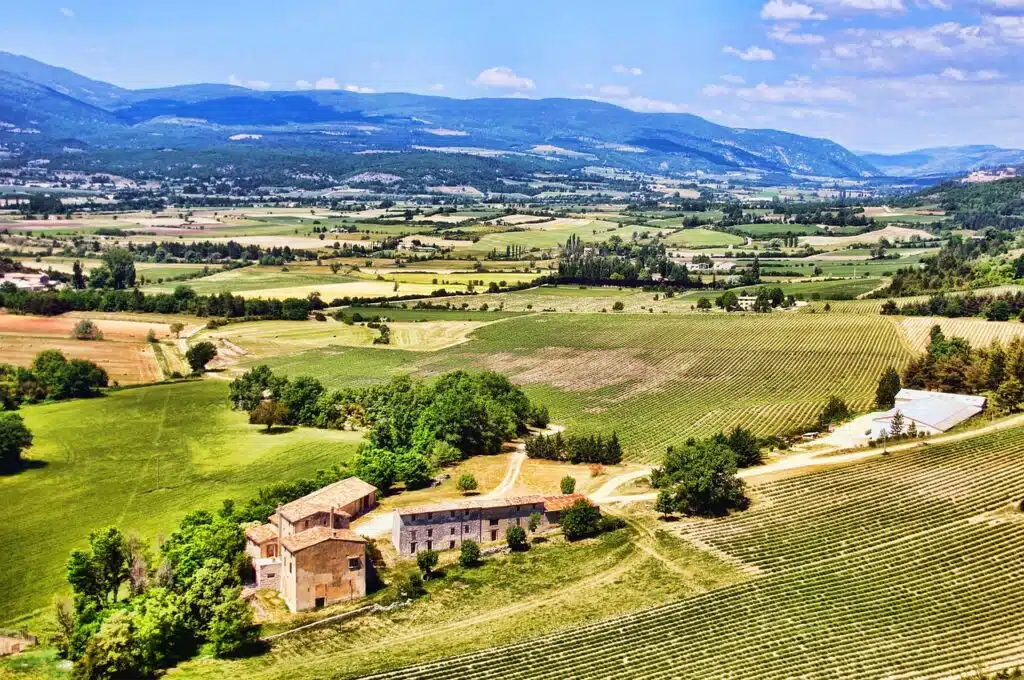
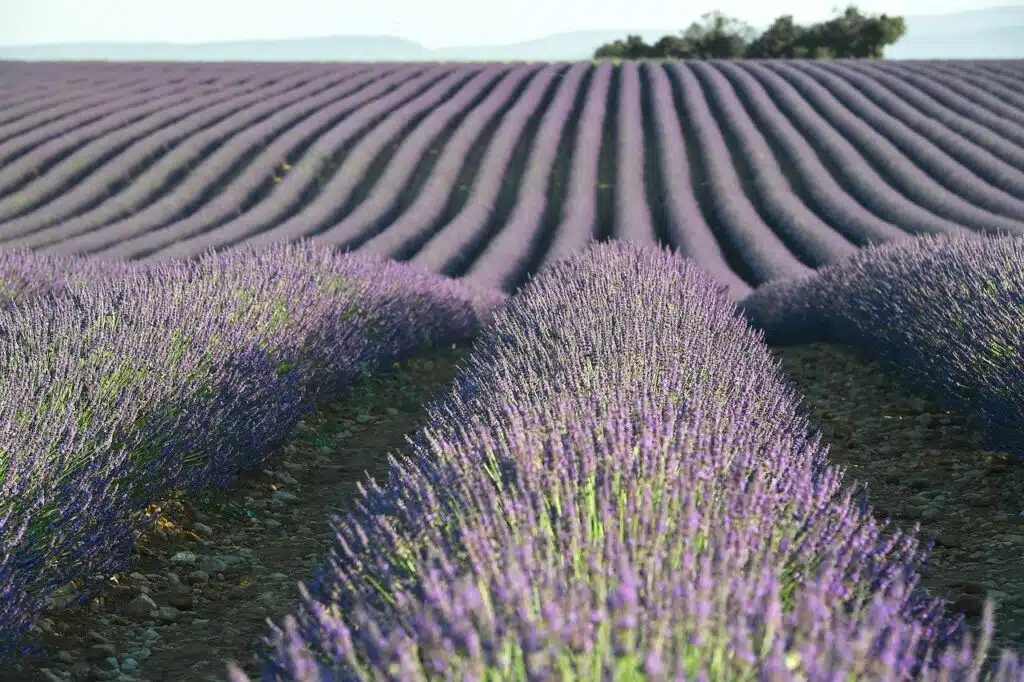
Cultural Highlights
Provence is alive with festivals and cultural events. The Festival d’Avignon, one of the most prestigious performing arts festivals in the world, fills the city with theater, dance, and music. In Arles, the Rencontres d’Arles photography festival draws artists and enthusiasts from around the globe.
Tips for Visiting Provence
- Best Time to Visit: Late spring to early autumn offers warm weather and vibrant landscapes. Lavender season peaks in early summer.
- Accommodations: Consider staying in a charming mas (traditional farmhouse) or boutique hotel for an authentic experience.
- Packing Essentials: Bring comfortable walking shoes, a wide-brimmed hat for the sun, and a camera to capture the region’s beauty.
How to Get Around Provence
Getting around Provence depends on your itinerary and preferences, but the region offers several options to explore its charming towns, natural landscapes, and cultural attractions.
- By Car: Renting a car is the most convenient way to explore Provence, especially for visiting smaller villages, lavender fields, and remote areas like the Verdon Gorge. The roads are well-maintained, and having a car allows for flexibility in creating your own itinerary.
- By Train: Provence has a reliable train network connecting major cities like Avignon, Arles, Aix-en-Provence, and Marseille. The high-speed TGV train makes it easy to travel from Paris or other parts of France to Provence, but it may not reach smaller villages.
- By Bus: Buses are available for traveling between towns, although schedules can be infrequent, particularly on weekends. Regional bus services like Lignes Express Régionales (LER) connect popular destinations, but it’s best to check timetables in advance.
- By Bike: Cycling is a popular way to experience Provence’s scenic beauty. The region has dedicated bike routes through vineyards, hilltop villages, and along the Rhône River. Electric bikes are also available for those who prefer an easier ride.
- By Guided Tours: Organized tours offer a stress-free way to visit multiple attractions, especially if you’re short on time. Many tours depart from cities like Avignon or Aix-en-Provence, covering highlights such as lavender fields, wine estates, and historical landmarks.
- Walking: In towns and villages like Gordes, Roussillon, and Saint-Rémy-de-Provence, walking is the best way to soak in the local atmosphere. The compact layouts make it easy to explore on foot.
Provence is a region that captivates with its timeless charm and diverse experiences. Whether you’re wandering through lavender fields, exploring historic towns, or savoring Provençal cuisine, every corner of Provence offers a story to tell and a memory to cherish.


